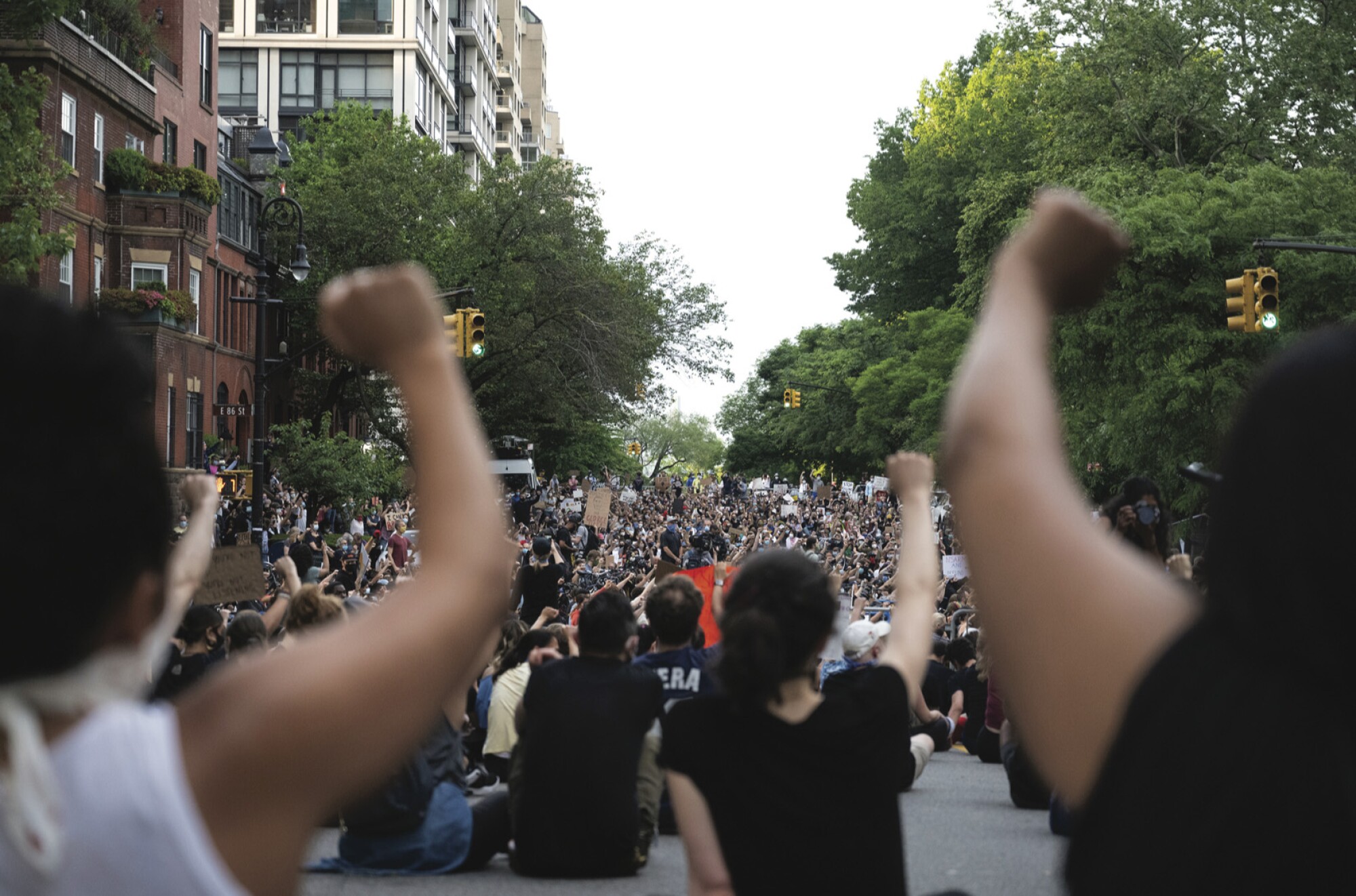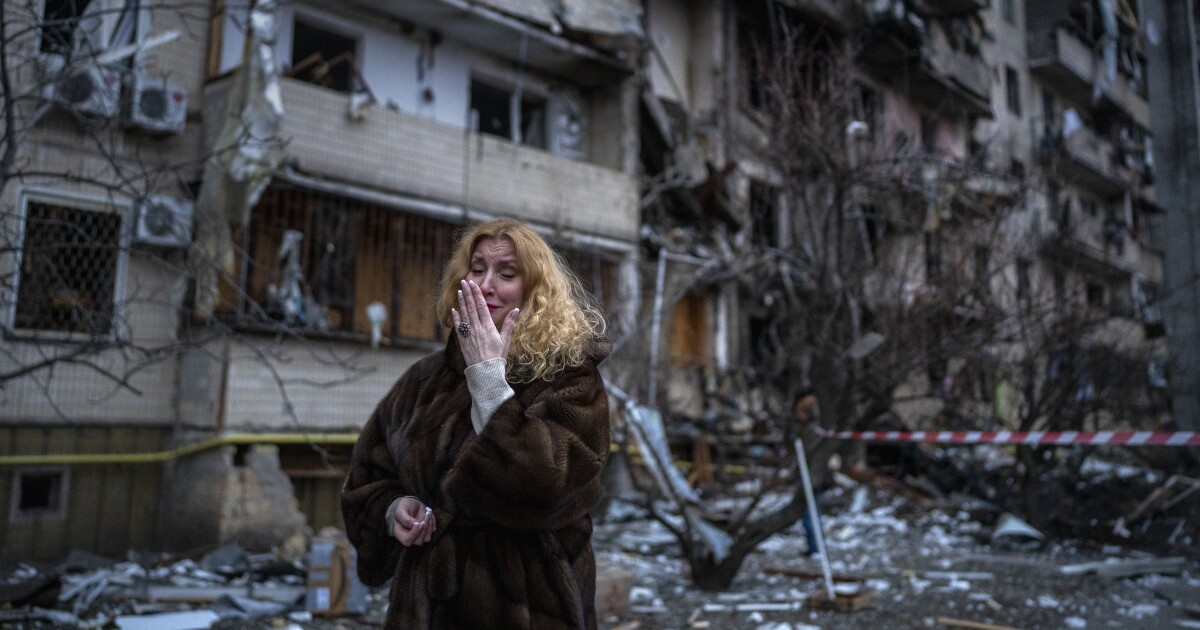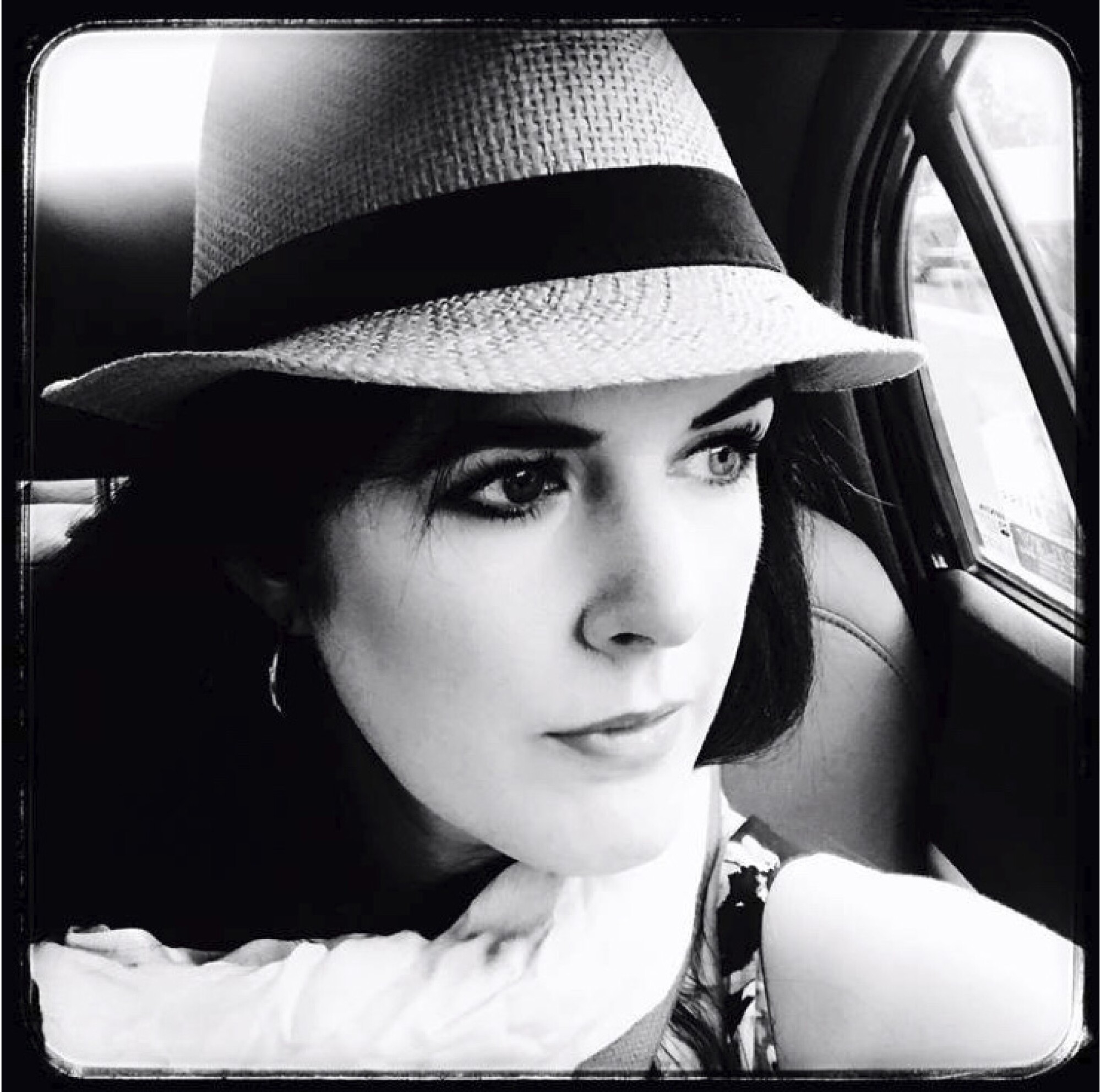On the Shelf
‘Through the Lens: The Pandemic and Black Lives Matter’
By Lauren Walsh
Routledge: 142 internet pages, $25
If you obtain books linked on our web-site, The Periods may possibly make a commission from Bookshop.org, whose service fees guidance unbiased bookstores.
Lauren Walsh’s “Discussions on Conflict Pictures” was released in October 2019. A collection of interviews with photojournalists, the ebook focused principally on issues about photographing abroad conflict of the sort that is dominating the news with Vladimir Putin’s revanchist invasion of Ukraine.
Walsh’s newest guide promotions with the additional unconventional convulsions of the very last two decades. In 2020, it became apparent that the COVID-19 pandemic — and that summer’s huge protests bordering the loss of life of George Floyd — experienced developed a total new set of dilemmas for photojournalists. Walsh’s observe-up, “By way of the Lens: The Pandemic and Black Lives Make any difference,” carries on her venture of probing the processes at the rear of the illustrations or photos that surface on our front pages.
Lauren Walsh, writer of “Through the Lens: The Pandemic and Black Lives Subject.”
(Lauren Walsh)
For a area still dominated by white men, “Through the Lens” provides a refreshing variety of voices to a set of concerns all-around privateness and consent, the role of captions, graphic imagery and censorship. Walsh, who teaches the ethics and history of photojournalism at the New School and at New York University, has far more not long ago been investing anxious days in call with photographers stationed in Ukraine. She spoke to The Times about how photojournalism has altered and its position in what claims to be a different prolonged and brutal conflict.
Your preceding book dealt with conflict pictures, so I have to begin by asking what you’re hearing from colleagues in Ukraine. What ought to we continue to keep in thoughts with regard to the illustrations or photos coming out of that conflict? And what hazards are photographers dealing with there?
The lead-up to the invasion disclosed numerous strategies Putin was willing to utilize disinformation, including faked visuals, to justify incursion. This is a terrifying reminder of how strong visuals can be. So at a least, viewers should really be mindful to receive their news imagery from credible sources. I’m observing heaps of visuals on Twitter, often from resources I know and believe in. Other situations, they’re retweets that can briefly satiate that “need to know now” experience, but if they are uncredited, I do not know if they are serious or exact or portion of a political agenda. Disinformation is ever a lot more frequently a resource of warfare knowledge that is crucial.
As for the photojournalists on the ground in Ukraine, it goes devoid of saying that any time one is in a conflict zone, there will be basic safety dangers. Missiles, shrapnel, explosions — the dangers are true. And Russia is unbelievably sophisticated in cyber abilities and could be checking journalists. The telephones we use give off our destinations. Journalists really should be savvy about all this.
I’m also hearing that panicked Ukrainians are, in circumstances, harassing or assaulting photojournalists. It’s an anti-West sentiment, a “you allow this happen” get on points. And when I have not, a person working day into the invasion, read that Russian military is concentrating on media, watchdog corporations are concerned for all media and primarily for area push and fixers. The get worried is that there could be retribution if they’re picked up by Russian forces.
Transportation is an additional critical concern. Buses are shutting down, airports are being taken more than, trains are relocating targets, and I know of really couple journalists who are acquiring all over in armored vehicles. A day into the invasion, I haven’t heard of any main injuries sustained by photographers, but if that happens, they want cure and ideally evacuation right away.
These are all worries that photographers, as perfectly as their editors, are grappling with. A single image editor told me in the several hours before the invasion commenced, “Twitter is freaking me out. This feels like the end of the earth.” It speaks to the acute anxiety and nervousness. But journalists consider on all of this because a globe with out documentation or unbiased reporting, a entire world where state-promoted narratives dominate, is a total other level of danger.
Your new e-book stands in distinction to these overcome scenarios, but even in covering protests and a pandemic, photographers faced several hazards.
2020 witnessed a substantial spike in attacks from American journalists. One particular of the important difficulties was the vitriolic rhetoric toward the media all over the Trump presidency, which contributed to it currently being these kinds of a harmful year for journalists — specifically journalists of colour.
In the e book, Danese Kenon, director of online video and photography for the Philadelphia Inquirer, talks about 1 one day, during protection of George Floyd protests, when there have been a few independent incidents where by her photographers were attacked or robbed. There was also a wonderful deal of censorship globally. The pandemic provided an simple excuse to censor journalists.

A female slips by obstacles that have been set up to block off structures and their citizens in Wuhan, China, on March 29, 2020.
(Aly Track / Reuters)
How did that engage in out in unique countries?
In international locations like Peru and China, there were different types of controlling the media. A single of the men and women I interviewed, Aly Tune, who is a team photographer for Reuters and coated Wuhan, had his SD card reformatted by police — his illustrations or photos have been lost.
Was this distinct in America?
Photographers did complain of not currently being equipped to obtain hospitals, however some of that was due to privateness rules. But through the pandemic, the federal government peaceful particular privacy laws though even now holding fast to the media constraints. And in the lengthy operate, folks did inquire if it created a distinction that we weren’t usually seeing the a lot more graphic visuals in hospitals. Would the severity of the virus have been taken extra seriously by a broader community if there were much more of those photographs early on?
It’s a challenging tightrope to stroll, I envision, since there are a lot of thorny thoughts about consent. And not just the victims of COVID-19 and their people — quite a few of the persons at protests did not want to be photographed, which feels like a more recent challenge.
The United States has an amazing and proud tradition of community protest, a lot of which comes to later generations by the photojournalism of the time. In 2020, we had the premier protests in U.S. heritage, but for the to start with time, photographers masking demonstrations routinely faced inquiries like: Should really you demonstrate the faces of the persons at these protests? Folks who’ve purposefully absent out in community with the intent to use their have bodies to make a statement? How do you be a witness to background when also not staying dismissive of the needs of the people today on the floor?
This improve seems to be driven by the elevated use of surveillance technologies, these kinds of as facial recognition application, that let authorities to recognize protestors.
Suitable, these fears mature from the perceived risk of surveillance. What this means for photojournalists is twofold. Very first, although you have the authorized ideal to photograph in community, do you alter the way you get the job done to prioritize the privateness of men and women? And second, images that display faces and eyes can be really emotionally powerful, so what does it imply for your documentation of a thing traditionally significant if you really don’t capture faces?
There are photographers who are ever more open up to other approaches of framing the picture. A person photographer in the ebook, Nina Berman, made a photograph of a protest where by you see a massive crowd, but only from at the rear of.

Black Lives Matter protesters in New York Town on June 3, 2020, from “Through the Lens: The Pandemic and Black Life Subject.” Nina Berman photographed the crowd from powering to sustain people’s privacy.
(Nina Berman)
Berman talks about this in the ebook: “Most protests are choreographed performances, in any case. To imagine that all of these times exist unscripted is not genuinely to settle for the actuality of how these situations function.”
The occupation — as it is broadly comprehended — is to be a witness to situations as they come about. To be the proverbial fly on the wall. What Berman is referencing is that protests are there as spectacle. They exist, in part, for the cameras. To figure out this, she implies, suggests that photojournalists’ operate isn’t diminished — even if there is a decline of some spontaneity for the reason that the photographer reacts to protestors’ requests by obtaining option means to doc.
Systemic racism is hard to visually symbolize. It can be a lot more durable to exhibit, say, housing discrimination in a one photograph than it is an overturned police car on fire. Did you see these photojournalists operating to handle this pressure?
This is a main concern of a industry known as “peace journalism.” Photographer Tolerance Zalanga highlights this, asking us to not just appear at spectacle but also the peaceful times encompassing points like Black Lives Matter. She has a beautiful image of a father studying with his son on a public bench. The two are reading a reserve they picked out together from a free library at George Floyd Sq.. As Zalanga stated to me, “It may well be a moment you would in any other case move by, but this is an picture that worries the normal perceptions of Black adult males, particularly in this place that memorializes the violent death of a Black male. This is a tender, peaceful interaction, and I hope it deepens the context.”

Twan reads a ebook to his son that they obtained from the Metro Library, a bus shelter that was turned into a free of charge library with guides for children at George Floyd Square, in Minneapolis.
(Endurance Zalanga)
Dickey is the author, most a short while ago, of “The Unknown: Legendary Monsters, Alien Encounters, and Our Obsession with the Unexplained.”

